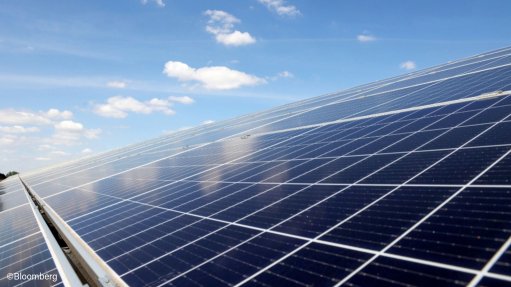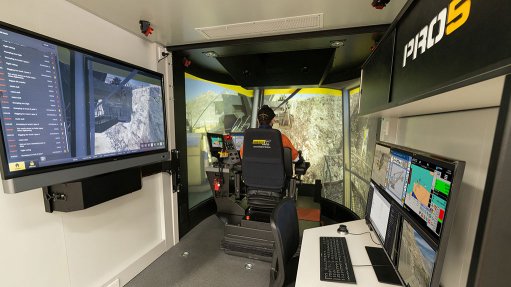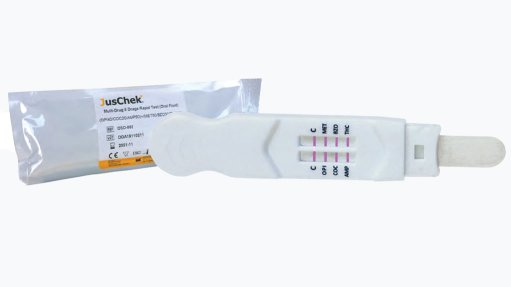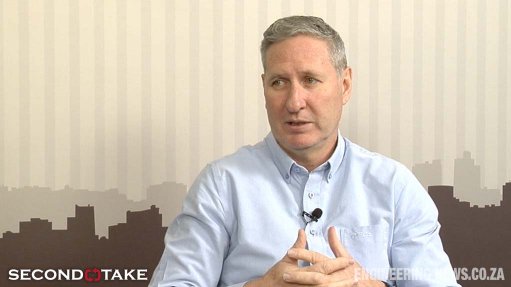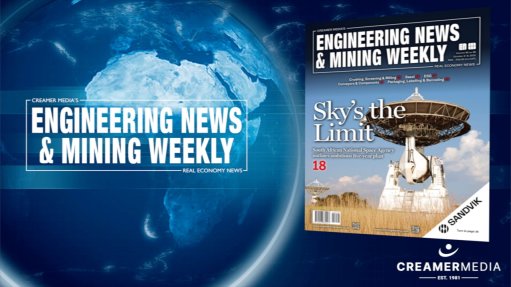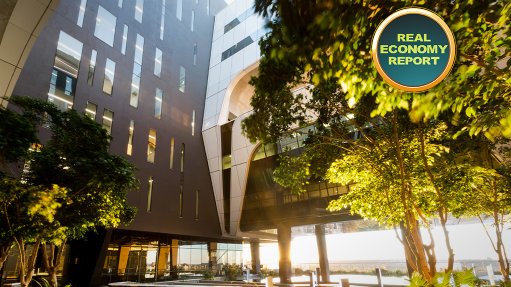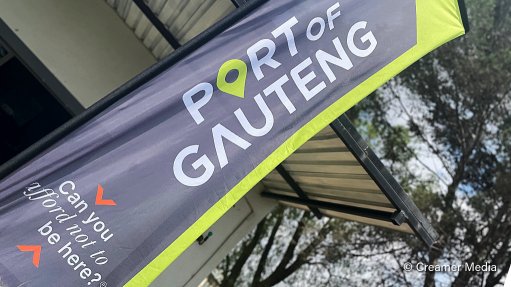Regalvanizing: cornerstone of the circular economy, says the HDGASA
This article has been supplied and will be available for a limited time only on this website.
Steel can be regalvanized three to four times, effectively doubling the lifespan of key infrastructure for 30% of the replacement cost. That is why the Hot Dip Galvanizers Association of South Africa (HDGASA) sees regalvanizing as a cornerstone of the circular economy.
HDGASA Marketing Manager Anthony Botha notes that the circular economy challenges the linear ‘take, make and dispose’ manufacturing model - and goes beyond traditional recycling: “This involves melting and reprocessing, which consumes significant energy. However, regalvanization is just cleaning and recoating the existing steel with zinc, to restore corrosion resistance - without the energy- intensive rebuilding of an entirely new structure,” Botha explains.
“Regalvanizing is no longer optional. With the challenges facing the industrial sector, it is a powerful strategy for extending the lifespan of steel. Materials of construction are running out, and industries must start reusing and regalvanizing. Rather than discarding ageing steel components or articles, we need to ensure these have a longer service life. That way, we preserve embodied energy and minimise waste,” he advises.
Stripping and cleaning
According to Botha, the process begins with a thorough inspection by the galvanizer, to ensure that an article can be regalvanized either for continued use or for reuse elsewhere: “Regalvanized components must retain their inherent structural tolerances, especially if these are used in load-bearing applications. This will ensure durability congruent with the environment in which the regalvanized material is to be employed.”
Key considerations include steel chemistry – including the silicon content when first fabricated, as this will reduce during preparation for regalvanizing – as well as the overall surface condition and dimensional integrity.
Components are then stripped of old coatings. The galvanizer will have to remove any coating of existing zinc, rust, any other oxides, contaminants or paint either by abrasive blasting and/or chemical cleaning.
Botha emphasises that the steel surface plays an important role in achieving a quality coating. Cleanliness is paramount when it comes to the final step, which is fluxing.
“After coating acceptance, the regalvanized article will be inspected as per any other galvanizing in accordance with SANS 121:2024 (ISO 1461:2022). This is exactly the same process and methodology used for brand new articles,” he notes.
Infrastructure renewal
Botha explains that regalvanizing is gaining traction in the refurbishment of utility structures and modular infrastructure by South African and neighbouring countries’ state-owned enterprises (SOEs): “Many do not have hot dip galvanizers in their countries. They disassemble and then send it to South Africa for regalvanizing. This is typically reusing existing steel elements for everything from road furniture to signs, gantries, and lattice towers. This reduces the procurement cost of steel and shortens the lead-time because there is no fabrication requirement.”
Overall, hot dip galvanizing provides a far extended lower cost over the entire lifespan of the structure.
Duplex coating, when a galvanized article is painted with a zinc compatible coating to provide extra protection, can also be repeated after steel is stripped, cleaned and then regalvanized.
Economic and environmental spin-offs
“From an economic standpoint, regalvanizing can cut costs by up to a third. This is important, especially when logistics and lead-times are factored into overall infrastructure costs.
When extending the service life of a structure, regalvanizing can completely change the way that the industrial sector looks at maintenance,” Botha adds.
He reiterates that a structure can be successfully regalvanized several times over a 20-year period, as long as the properties of the steel are preserved. The first maintenance is due when 5% of the entire surface area shows red rust, as galvanizing, whilst still providing corrosion control through cathodic protection, experiences increased rates of depletion.
“As infrastructure owners and engineers embrace circularity, galvanizing stands out as a practical, standards-compliant, and economically sound solution. It bridges the gap between sustainability and operational realities: to deliver corrosion control, protection, cost-savings, and environmental stewardship, all in one elegant process. In short, this is not just a technical fix, but a strategic pivot towards more resilient and resource-efficient futures,” Botha concludes.
Comments
Announcements
What's On
Subscribe to improve your user experience...
Option 1 (equivalent of R125 a month):
Receive a weekly copy of Creamer Media's Engineering News & Mining Weekly magazine
(print copy for those in South Africa and e-magazine for those outside of South Africa)
Receive daily email newsletters
Access to full search results
Access archive of magazine back copies
Access to Projects in Progress
Access to ONE Research Report of your choice in PDF format
Option 2 (equivalent of R375 a month):
All benefits from Option 1
PLUS
Access to Creamer Media's Research Channel Africa for ALL Research Reports, in PDF format, on various industrial and mining sectors
including Electricity; Water; Energy Transition; Hydrogen; Roads, Rail and Ports; Coal; Gold; Platinum; Battery Metals; etc.
Already a subscriber?
Forgotten your password?
Receive weekly copy of Creamer Media's Engineering News & Mining Weekly magazine (print copy for those in South Africa and e-magazine for those outside of South Africa)
➕
Recieve daily email newsletters
➕
Access to full search results
➕
Access archive of magazine back copies
➕
Access to Projects in Progress
➕
Access to ONE Research Report of your choice in PDF format
RESEARCH CHANNEL AFRICA
R4500 (equivalent of R375 a month)
SUBSCRIBEAll benefits from Option 1
➕
Access to Creamer Media's Research Channel Africa for ALL Research Reports on various industrial and mining sectors, in PDF format, including on:
Electricity
➕
Water
➕
Energy Transition
➕
Hydrogen
➕
Roads, Rail and Ports
➕
Coal
➕
Gold
➕
Platinum
➕
Battery Metals
➕
etc.
Receive all benefits from Option 1 or Option 2 delivered to numerous people at your company
➕
Multiple User names and Passwords for simultaneous log-ins
➕
Intranet integration access to all in your organisation







